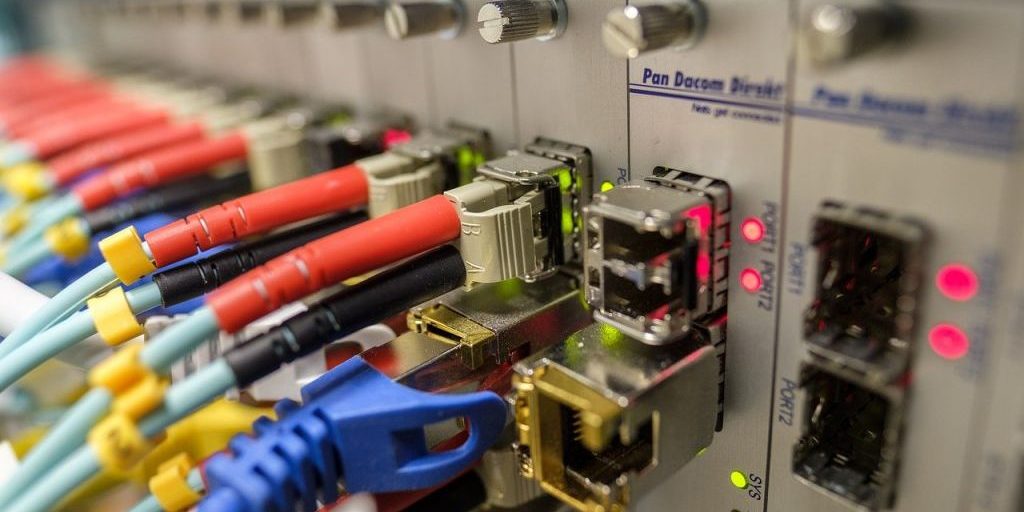

Indigenous community leaders pitch need for thoughtful broadband collaboration at CRRBC conference
Telecom | | November 6, 2024
KELOWNA, B.C. —Panelists at a conference of Canada’s Rural & Remote Broadband Community (CRRBC) this week emphasized the importance of resources for and collaboration with Indigenous communities working on broadband connectivity for their residents.
When it comes to available resources to do the work, those can be difficult to find and access locally, Jonathan Fleury told conference attendees while representing Norway House Cree Nation in Manitoba. Fleury is a member of the Skownan First Nation in Manitoba and founder of Indigenous Technologies, which works on high-speed fibre networks and improving connectivity for health-care services in remote areas.
Fleury also works as an IT and broadband specialist with Kici Sipi Communications, a partnership between Pimicikamak Okimawin and Norway House Cree Nation that received more than $16 million in August 2021 from the federal government’s Connect to Innovate program and Universal Broadband Fund to connect the communities of Cross Lake and Norway House.
He said human resources and training is one of the biggest challenges in establishing a local network.
“We have a large talent pool right in our backyard, which is our Indigenous youth, and I feel that we’re not tapping into – not just we as Indigenous people, but we as a broader Canada – are not tapping into this resource,” said Fleury, who also serves as Digital Health Advisor for Norway House Cree Nation.
Gerald Thunderbird-Sky, director of IT with the Sioux Valley Dakota Nation near Brandon, Man., shared Fleury’s perspective on looking to and supporting local youths.
“To me, it’s providing the opportunities and the possibilities for the younger generation. Everything I do is more geared towards them,” Thunderbird-Sky said on the same panel, while discussing the importance of connecting Indigenous communities to high-speed internet.
The Canadian government set a goal several years ago of connecting all households in Canada to 50/10 Mbps internet service by 2030 – 98 per cent of which are expected to be able to connect by 2026. According to the CRTC, as of the end of 2022, there were 67,800 households in First Nation reserve areas without unlimited 50/10 Mbps service, and 1.1 million households without that level of service coverage in Canada as a whole.
But despite the importance of connecting communities, it can be difficult to engage local youth in broadband, Thunderbird-Sky noted.
“It’s very difficult to find young, passionate people that are wanting to do this kind of work, let alone retain them.”
Fleury noted wage parity should be tied to the conversation. If community members with valuable expertise do not actually feel valued, they might leave jobs at home for other opportunities more often, Fleury said.
“I know as Indigenous governments, we’re guilty of that as well, where we don’t necessarily match the wages of that with the private sector. So what we experience is we invest into these training opportunities, we lobby for these training opportunities to come into our community, we deliver them, but we don’t match the wages that they would make as opposed to if they were to leave the community,” Fleury said.
“And guess what? They leave the community and go work for the bigger telcos. And it’s benefiting the big telcos because they don’t invest in the training and the resources and the lobbying…”
Fleury also noted during the opening panel of the conference Monday, Nov. 4, that thoughtful industry and government collaboration with communities on broadband connectivity is important.
“We can’t do this on our own, and we’re not looking for people to come and save us. We’re looking for people to come and help us, because we will save ourselves,” Fleury said.
“I think that’s really important to know when you’re going to work with an Indigenous people or Indigenous group. Enable us to do what needs to be done, because we will do it, and there’s no better person to do it than our own people.”
Fleury highlighted how high-speed connectivity is a “huge enabler” in the health-care field, explaining that his community is gaining electronic health improvements in renal dialysis, palliative care, and birthing, with a new connected health-care centre.
“Conception to death, the healthcare is going to be within Norway House, and having connectivity enables that. What that allows for is an elder who doesn’t want to travel eight hours by bus to go get a medical procedure,” Fleury said.
Thunderbird-Sky, meanwhile, noted in his community of Sioux Valley there are many low-income residents. Because the community service provider there operates as a non-profit that reinvests capital into itself, it is able to keep prices as affordable as possible.
“Having the ability to do that, I think, makes a huge difference, because prior to that, a lot of people would have to choose between filling the fridge or keeping the internet connected, and I think that’s the case for a lot of people in the country right now. So having that ability to keep it affordable, to be flexible, to work with our people…I don’t think we would have been able to do that if we were only operated by someone else, an external agency,” Thunderbird-Sky said.
A 2023 report from Canada’s Auditor General recommends that the federal government collect and analyze data on household income to “measure progress against the affordability objective of its connectivity strategy.” It is a report former CRTC chair Ian Scott references in a more recent research paper he authored in which he states that in order to truly measure progress on closing the digital divide in Canada, tracking affordability of internet services should be one of the key factors.
“These aren’t just our customers, right? These are our aunts, our uncles, our cousins…It’s very community-driven to be able to have that level and ensure that the service is stable. I think it makes it out a whole lot better,” Thunderbird-Sky said.



